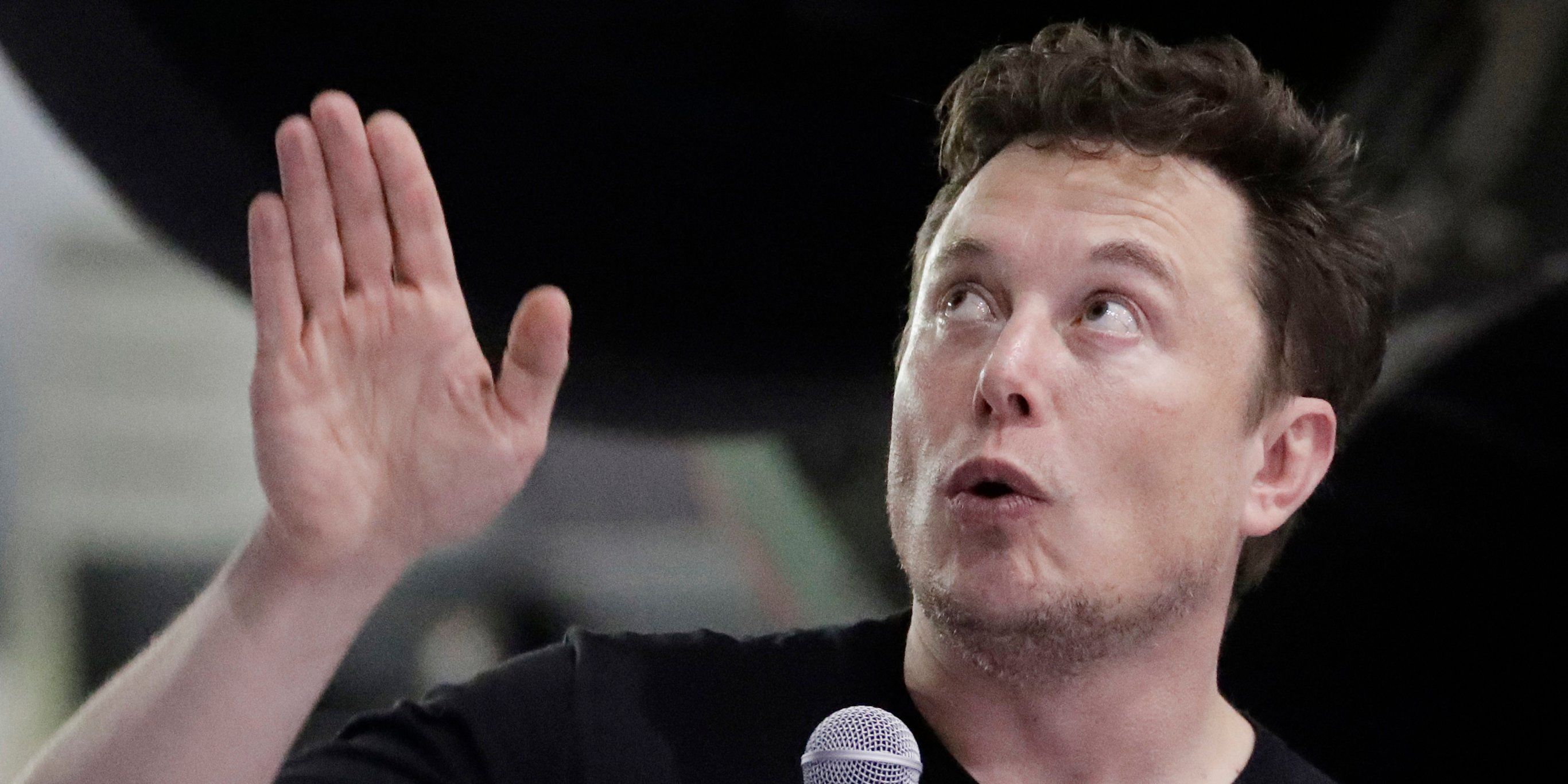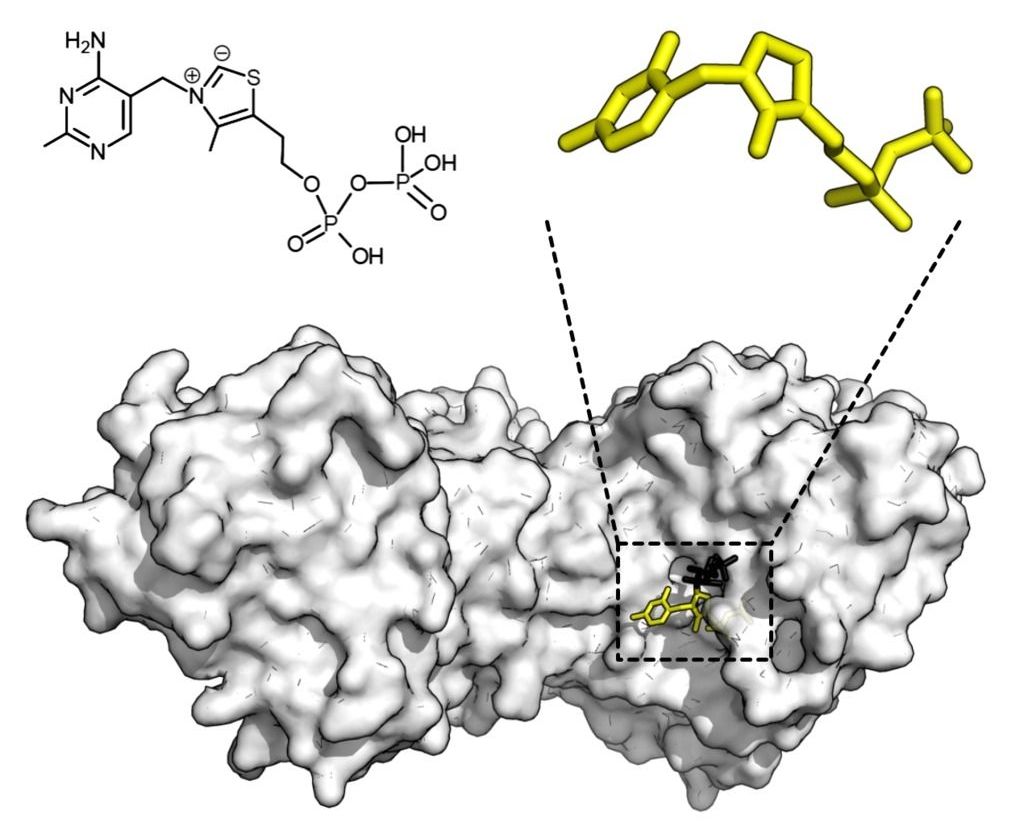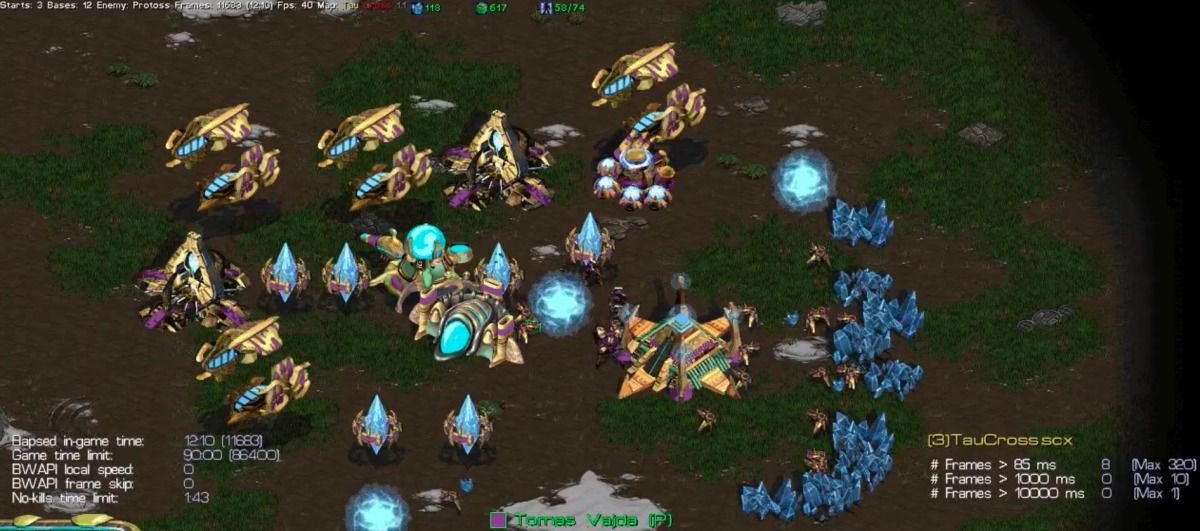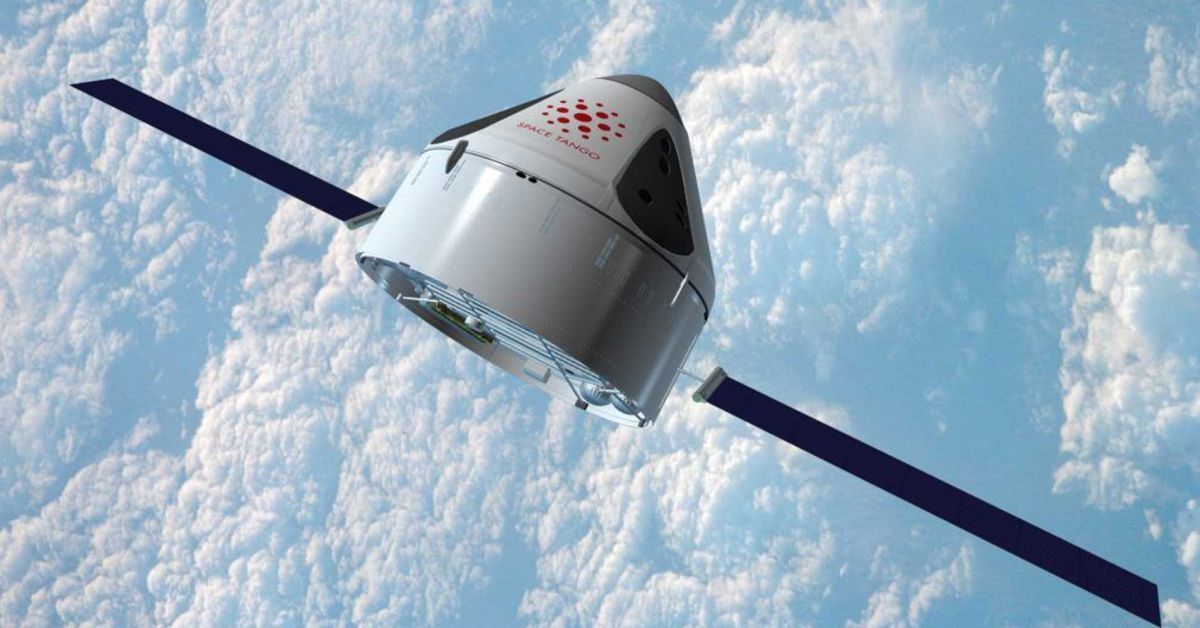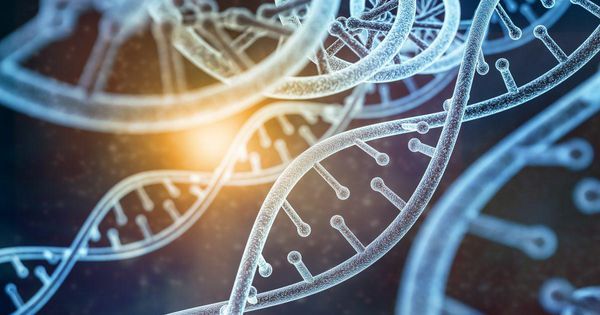- In a tweet, Musk revealed that “radical change” was coming to the design of the Big Falcon Rocket (BFR), which is meant to go to Mars.
- The tweet appeared to indicate that the second stage of the Falcon 9 will now be used for component tests for the BFR, and that the company is abandoning plans to make the second stage of Falcon 9 reusable.
- Musk has said that his “aspirational” goal is to launch an unmanned cargo mission to Mars by 2022.
In a tweet, Saturday, SpaceX founder Elon Musk announced that “radical change” was coming to the design of the Big Falcon Rocket (BFR), that is being made in an attempt to go to Mars.
Musk left out any specifics of his plan, simply announcing that “SpaceX is no longer planning to upgrade Falcon 9 second stage for reusability” and would be “Accelerating BFR instead.” Musk called the new design “very exciting” and “delightfully counter-intuitive.”
